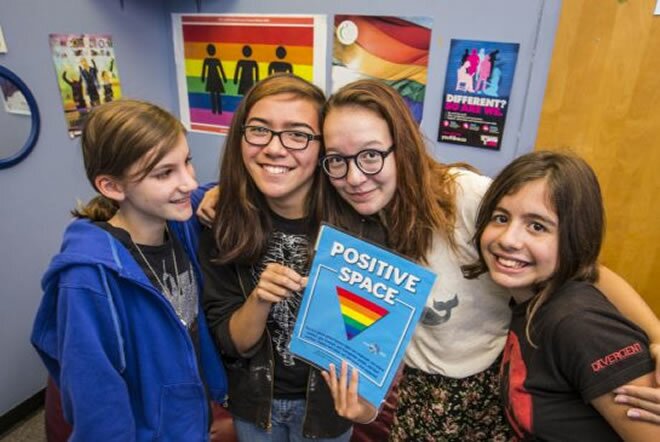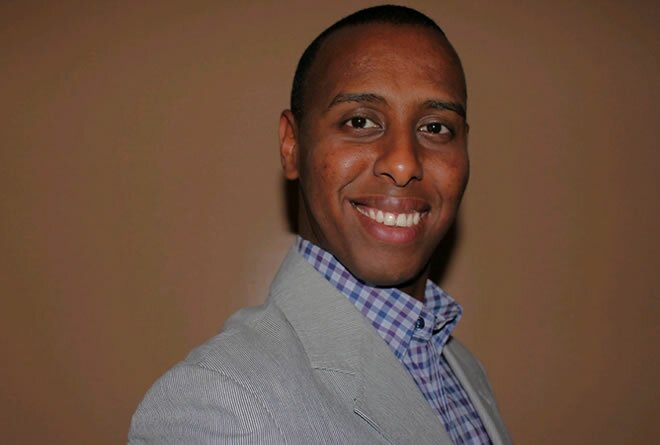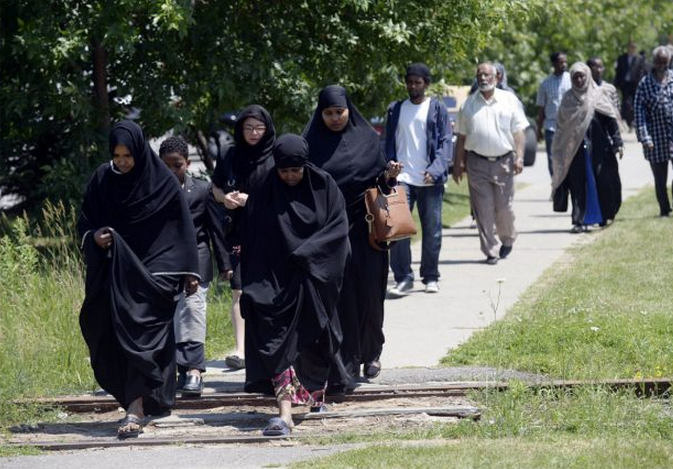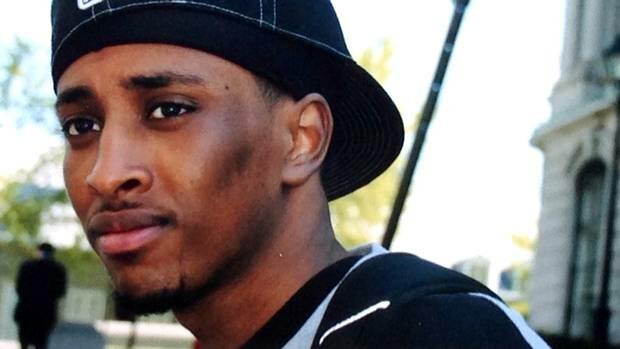Minorities missing out on top jobs: study
Â
 Jennifer Lewington —Â Somali-born doctor Cadigia Ali has carved out a successful new life here as a community volunteer, public servant and now aspiring politician, but is living proof of the findings of a new report released Wednesday on the low presence of visible minorities in leadership posts in the Toronto area.
Jennifer Lewington —Â Somali-born doctor Cadigia Ali has carved out a successful new life here as a community volunteer, public servant and now aspiring politician, but is living proof of the findings of a new report released Wednesday on the low presence of visible minorities in leadership posts in the Toronto area.
Ms. Ali, 59, a live-wire personality who arrived here with her family in 1991, learned a harsh lesson when she plunged into local politics in 2006 and tried to pull off the unlikely feat, for anyone, of knocking off an incumbent city councillor.
At the door, she recalls, some voters told her “you guys just came here and you want to get to the top†while others taunted “you guys are better off on welfare.†But she was thrilled to win support and votes from others, turning in a second-place finish that only stoked her desire to run again in north Etobicoke in 2010.
Wednesday’s report by the Maytree Foundation and the Toronto City Summit Alliance, based on research by Ryerson University, is the first “snapshot†from a three-year study to measure the diversity of top leaders in the region.
“Diversecity Counts,†which relied on publicly available data, found visible minorities account for only 13 per cent of 3,257 leaders identified in Toronto, Mississauga, Brampton, Markham and Richmond Hill – which collectively make up 72.5 per cent of the region’s population, of which 49.5 per cent are newcomers. Across the whole region, minorities are 40 per cent of the population.
The education sector was the most diverse, with minorities holding 20 per cent of top posts in schools, colleges and universities.
The corporate sector was the least diverse, with minorities making up only five per cent of the most senior executives and three per cent of board directors.
Toronto businessman Bahadur Madhani, chairman of the YMCA of Greater Toronto and former head of the board for the United Way of Greater Toronto, said he has seen progress for minorities on business boards since he arrived here in 1982.
“But the progress is not keeping pace with the demographic changes that are going on,†he warned.
“There are people like me who have been in senior positions in the not-for-profit sector that cannot get a foot in the door in the corporate sector.â€
Among elected officials in Toronto and four suburban municipalities in the study, minorities accounted for 16 per cent school trustees, municipal councillors, provincial and federal politicians.
Among Toronto and Ontario agencies, boards and commissions, minorities accounted for 19 per cent of the total, compared to 8 per cent among municipal and regional government officials and their bureaucratic counterparts in regional police services and the province.
In the volunteer sector, 14 per cent of board members were from diverse communities compared to eight per cent of non-profit agency heads.
Researchers caution against assuming either a single cause or cure for the problem.
“It is complex,†warned one of the lead researchers, Wendy Cukier, associate director of the Diversity Institute at Ryerson University. “The bigger issue is not overt racism or discrimination, the bigger issue is systemic discrimination – the practices and policies and the approaches we use to recruit and promote people that are invisible.â€
Informal networks and traditional hiring, she said, “are not intentionally exclusionary, but, in effect, exclude people.â€
SOURCE: GLOBE AND MAIL
Comments
comments
 Calendar
Calendar






































